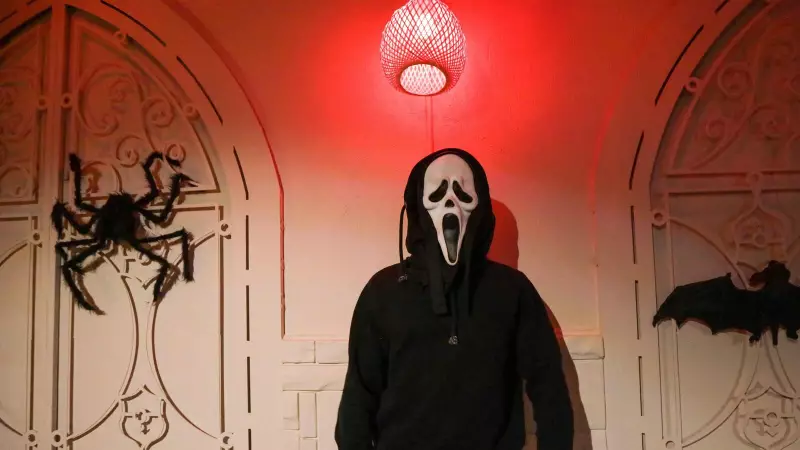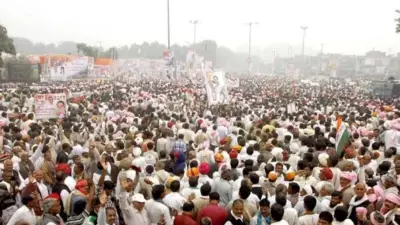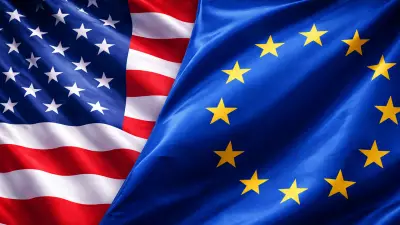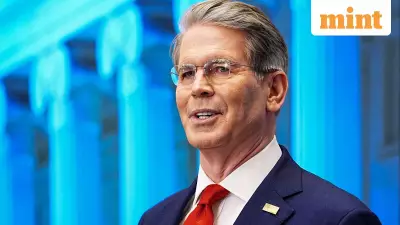
This Halloween season, Americans are encountering a different kind of scare—one that hits their wallets hard. As Halloween 2025 approaches, the United States is witnessing what many are calling 'candy inflation,' with chocolate bars, sweets, and costumes becoming significantly more expensive than previous years.
The Frightening Reality of Halloween Spending
Families preparing for October 31st are discovering that their traditional Halloween celebrations will cost substantially more this year. Popular chocolate brands that once served as affordable treats have seen dramatic price increases, forcing many households to reconsider their shopping strategies.
How Much More Are Americans Paying?
The numbers tell a terrifying tale. According to recent market analysis, the cost of Halloween candy has surged by percentages that would make any budget-conscious shopper shudder. From miniature chocolate bars to bulk candy packages, nearly every sweet treat category has experienced noticeable price hikes.
One consumer reported, "Last year, I could fill a large bowl with assorted chocolates for under $30. This year, the same amount is costing me nearly $50. It's becoming too expensive to participate in traditional trick-or-treating."
Costumes Join the Price Parade
The Halloween horror doesn't stop at candy. Costume prices have also climbed, with both store-bought and DIY options requiring larger investments. Popular character costumes for children and adults alike are commanding premium prices, adding to the overall financial burden of the holiday.
What's Driving the Halloween Price Surge?
Several factors are contributing to this seasonal inflation:
- Increased production costs for chocolate and candy ingredients
- Supply chain challenges affecting costume manufacturing
- Rising transportation and fuel costs
- General economic inflation trends impacting retail pricing
Creative Alternatives Emerge
In response to these price increases, many Americans are finding innovative ways to celebrate without breaking the bank. Some communities are organizing neighborhood costume swaps, while others are opting for non-candy treats or focusing more on decorations and activities rather than expensive sweets.
As one parent noted, "We're getting creative with homemade costumes and looking for candy alternatives. The spirit of Halloween doesn't have to come with a scary price tag."
Despite the financial challenges, the Halloween spirit remains strong across the United States, with families determined to find ways to celebrate while managing their budgets in this new economic reality.





